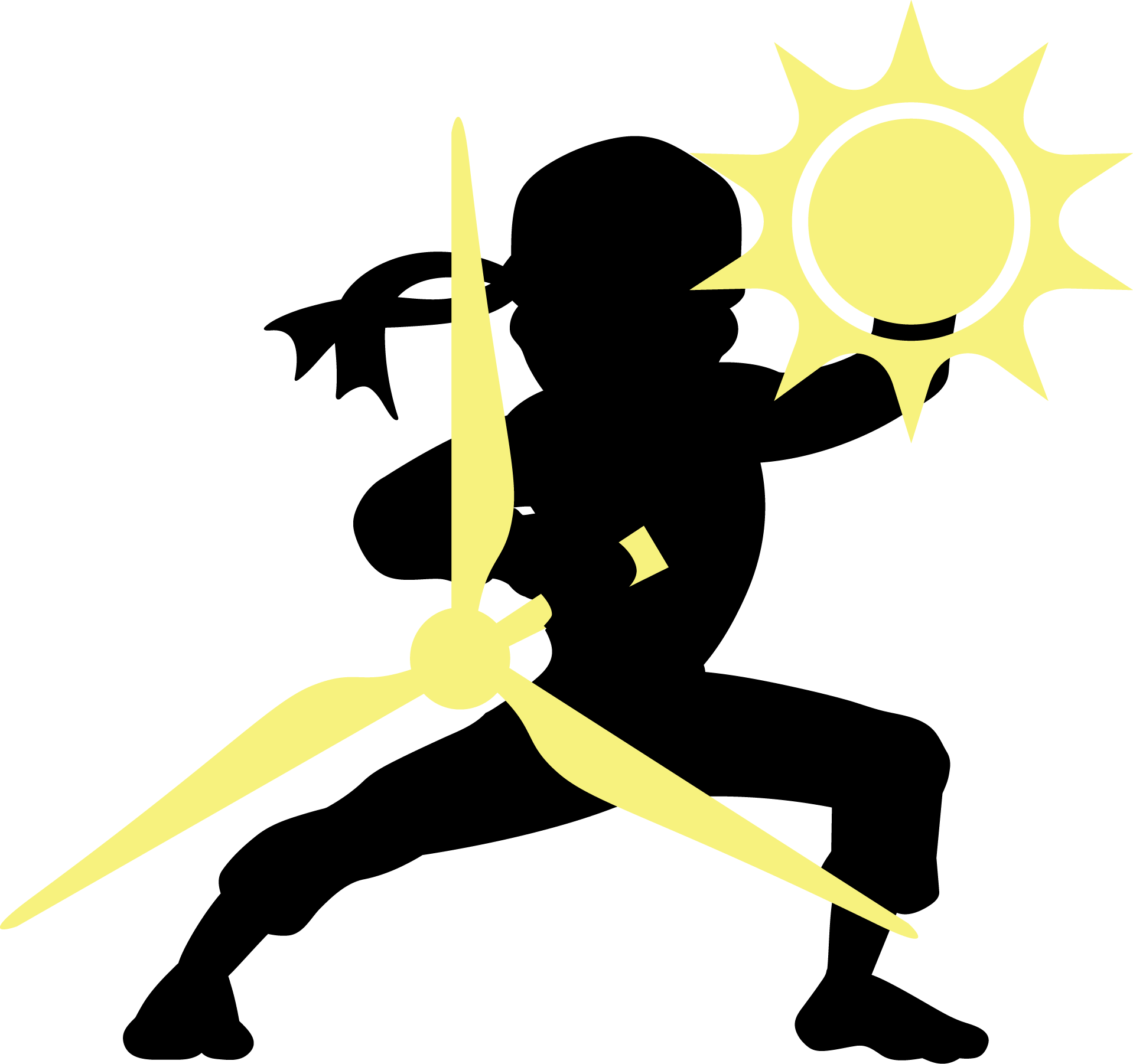
Renewables.ninja allows you to run simulations of the hourly power output from wind and solar power plants located anywhere in the world. We have built this tool to help make scientific-quality weather and energy data available to a wider community.
The Renewables.ninja is a collaboration between Stefan Pfenninger and Iain Staffell, who both research the effects of integrating renewable technologies into our energy systems.
Stefan is the project lead, designing the solar power model and masterminding the web application. He is an associate professor at TU Delft.
Iain designed the wind power model and provides assistance in developing the web application. He is a lecturer in sustainable energy at Imperial College London.
By email: [email protected].
The data available via Renewables.ninja are licensed as Creative Commons Attribution-NonCommercial 4.0 International (CC BY-NC 4.0), meaning you are free to copy, redistribute and adapt them for non-commercial purposes, provided you give appropriate credit. Note that the data is made available as-is and without warranty. We cannot guarantee its accuracy, and accept no responsibility for any liability arising from its use. You are advised to examine the quality of the data for your intended purposes, and to consult the publications linked on this page. If you wish to use the data for commercial purposes, please contact us.
Attribution should be given as follows:
The ninja works by taking weather data from global reanalysis models and satellite observations. Our two data sources are:
Solar irradiance data is converted into power output using the GSEE model (Global Solar Energy Estimator) written by Stefan Pfenninger [1]. Wind speeds are converted into power output using the VWF model (Virtual Wind Farm) written by Iain Staffell [2].
[1] Pfenninger, Stefan and Staffell, Iain (2016). Long-term patterns of European PV output using 30 years of validated hourly reanalysis and satellite data. Energy 114, pp. 1251-1265. doi: 10.1016/j.energy.2016.08.060
[2] Staffell, Iain and Pfenninger, Stefan (2016). Using Bias-Corrected Reanalysis to Simulate Current and Future Wind Power Output. Energy 114, pp. 1224-1239. doi: 10.1016/j.energy.2016.08.068
[3] Rienecker MM, Suarez MJ, Gelaro R, Todling R, et al. (2011). MERRA: NASA’s Modern-Era Retrospective Analysis for Research and Applications. Journal of Climate, 24(14): 3624-3648. doi: 10.1175/JCLI-D-11-00015.1
[4] Müller, R., Pfeifroth, U., Träger-Chatterjee, C., Trentmann, J., Cremer, R. (2015). Digging the METEOSAT Treasure—3 Decades of Solar Surface Radiation. Remote Sensing 7, 8067–8101. doi: 10.3390/rs70608067
[5] SARAH dataset. doi: 10.5676/EUM_SAF_CM/SARAH/V001
Development of the GSEE model was funded by the Grantham Institute at Imperial College London.
Development of the VWF model was funded by the Engineering and Physical Sciences Research Council (EPSRC) under grants EP/I031707/1 and EP/N005996/1.